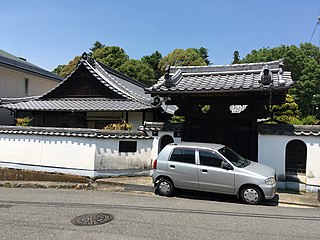Self-guided Sightseeing Tour #2 in Nara, Japan
Legend
Guided Free Walking Tours
Book free guided walking tours in Nara.
Guided Sightseeing Tours
Book guided sightseeing tours and activities in Nara.
Tour Facts
9.3 km
121 m
Experience Nara in Japan in a whole new way with our free self-guided sightseeing tour. This site not only offers you practical information and insider tips, but also a rich variety of activities and sights you shouldn't miss. Whether you love art and culture, want to explore historical sites or simply want to experience the vibrant atmosphere of a lively city - you'll find everything you need for your personal adventure here.
Activities in NaraIndividual Sights in NaraSight 1: 京終地蔵院
Kyojo Jizoin is a temple located in Nara City, Nara Prefecture, Japan.
Sight 2: 飛鳥神社(京終天神社)
Asuka Shrine is a shrine located in Pekin Shumachi, Nara City, Nara Prefecture. It is commonly referred to as Kyoshū Tenjin Shrine, and also known as Kōbai-den Shrine and Heijōza Asuka Shrine.
Sight 3: 椚神社
Kunugi Jinja is a shrine located in Nara City, Nara Prefecture, Japan. It enshrines the oak tree as a sacred tree.
Sight 4: 春日若宮社
Kasuga Wakamiya Shrine is a shrine located in Nakatsuji-cho, Nara City, Nara Prefecture, Japan. There is a shroud in a small shrine built by Kasuga. In the foreground are stone lanterns from the 12th year of Tenpo (1841) and the 2nd year of Kaei (1849).
Sight 5: 井上神社
Inoue Shrine is a shrine located in Inoue Town, Nara City, Nara Prefecture, Japan. It sits next to the west of the Inoue Town Hall.
Sight 6: 正覚寺
Shogakuji Temple is a temple of the Jodo Shinshu sect located in Saikiji-cho, Nara City, Nara Prefecture, Japan. It is commonly known as Juodo. The surrounding area was once called Juodo Town.
Sight 7: 豊成山高坊高林寺
Korinji Temple is a temple (nunnery) of the Buddhist sect of the Harmony Nembutsu sect located in Inoue-cho, Nara City, Nara Prefecture, Japan. Although he does not have a Dan family, he gathers the faith of many believers.
Sight 8: 誕生寺
Tanjoji is a temple of the Jodo sect located in Sankenmachi, Nara City, Nara Prefecture, Japan. It is also called the Birth Hall and the Three Buildings.
Sight 9: 徳融寺
Tokuyuji Temple is a temple of the Harmony Nembutsu sect located at 25 Narukawa-cho, Nara City, Nara Prefecture, Japan. The name of the mountain is Mt. Toyosei.
Sight 10: 元興寺小塔院跡
Gangō-ji (元興寺) is an ancient Buddhist temple, that was once one of the powerful Seven Great Temples, in Nara, Japan.
Sight 11: 小塔院
Shotoin is a temple of the Shingon Ritsu sect located in Nara City, Nara Prefecture, Japan. The main Buddha is the Bodhisattva of the Void. It was originally part of the temple of Yuanxing Temple.
Sight 12: 白山神社
Hakusan Shrine is a shrine located in Motokoji Town, Nara City, Nara Prefecture, Japan. It has also been recorded under the name of Haruta Shrine. The priest also serves as the priest of the Spirit Shrine.
Sight 13: 率川神社
Isagawa Shrine is a shrine located in Nishishinya-cho, Nara City, Nara Prefecture, Japan. It has also been recorded under the names of Asuka Jinnami Shrine and Awa Shrine. The priest also serves as the priest of the Spirit Shrine.
Sight 14: Naramachi Museum
The Naramachi Museum is a private museum located in the Naramachi area of Nara City, Nara Prefecture, where townhouses built from the early modern to modern period are lined up.
Sight 15: 住吉神社
Sight 16: 南都御霊神社
Goryōjinja is a shrine located in Yakushido-cho, Nara City, Nara Prefecture, Japan. The former company name is Murasha. It is also called Nanto Gorei Shrine and Kibi Spirit.
Sight 17: 法徳寺
Hotokuji Temple is a temple of the Harmony Nembutsu sect located in Jurinin-cho, Nara City, Nara Prefecture, Japan. The name of the mountain is Kōmyōzan, and the name of the temple is Douyan-in. The main statue is a standing statue of Amitabha.
Sight 18: 金躰寺
Kontaiji is a Jodo sect temple located in Jurin-in-cho, Nara City, Nara Prefecture. The mountain name is Doshozan, and the temple name is Nanko-in. The main deity is a standing statue of Amida Nyorai.
Sight 19: Jurin-in Temple
Jurin-in is a temple of the Shingon sect of the Daigo sect located in Jurin-in, Nara City, Nara Prefecture, Japan. The name of the mountain is Mt. Rain. The main Buddha is a stone Jizo Bodhisattva. It is located in a corner of Nara Town, where the townscape of the Edo and Meiji periods remains.
Sight 20: 興善寺
Kouzenji is a Jodo sect temple located in Juurin-in Hatamachi, Nara City. Its mountain name is Hourinzan.
Sight 21: 今西家書院
Imanishike Shoin is a historical building located in Fukuchiin-cho, Nara City, Nara Prefecture, Japan. It has been designated as an important cultural property of Japan.
Sight 22: 名勝大乗院庭園文化館
The former Mahayana Garden is a Japan garden located in Takahata-cho, Nara City, Nara Prefecture, Japan. Scenic spots in the country.
Sight 23: Yuga Shrine
Yuga Jinsha is a shrine located on Mt. Uruga in Takahata-cho, Nara City, Nara Prefecture, Japan.
Sight 24: Naramachi Ten-jinja Shrine
Tenjinsha is a shrine located in Takahata, Nara City, Nara Prefecture, Japan. It is also called Naramachi Tenjinja Shrine. It is a heavenly shrine in Kitatenma, and the precincts are about 1,000 square meters.
Sight 25: Fukuchi-in Temple
Fukuchi -in is a Shingon Ritsumune temple in Fukuchi -in -cho, Nara City, Nara Prefecture. The mountain name is a cool mountain. The principal is Jizo Bodhisattva.
Sight 26: 鎧地蔵堂
Yoroijizodo is a jizodo located in Kijimachi, Nara City, Nara Prefecture, Japan. It is located at the corner of the area commonly known as "Kasaya-cho" in Kidera Town, and the south side across the road is commonly called "Jizo-cho". As the main shrine, the stone statue of Armor Jizo is worshipped.
Sight 27: Zuto Tower
The head tower is a soiled tower in Takahata -cho, Nara City. Based on a square of 32m on one side, it has a stair pyramid -shaped structure with a height of 10m and seven steps. Stone Buddha is located around the north, south, east, west, west, south, east, west, west, south -south. On March 8, 1922 (Taisho 11), it was designated as a national historic site.
Sight 28: Kibizuka Tomb
Kibizuka Kofun is a circular mound or anterior posterior mound located on the campus of Nara University of Education in Takahata-cho, Nara City, Nara Prefecture, Japan. It is said to be the tomb of Kibi Mabi.
Sight 29: 閼伽井庵
Akai-an is a temple of the Pure Land sect of the Chinsai sect located in Takahata-cho, Nara City. It is also known as Akanbo. The area around the temple used to be called Dingai Town, and was annexed to Takahata Village in 1883 (Meiji 16), but it still remains the common name of the town in Takahata Town.
Sight 30: Ako Shrine
Akabo Shrine is a Shinto shrine located in Takahata, Nara City, Nara Prefecture, Japan. Shikinaisha.
Sight 31: 奈良学園セミナーハウス志賀直哉旧居
Shiga Naoya's former residence is a literary museum located in Takahata-cho, Nara City, Nara Prefecture, Japan. The former residence of the novelist Naoya Shiga of the Shirakaba school. It is also called Takahata Salon. It is open to the public and is also used as a seminar house for Nara Gakuen.
Sight 32: Kasuga-taisha
Kasuga-taisha (春日大社) is a Shinto shrine in Nara, Nara Prefecture, Japan. It is the shrine of the Fujiwara family, established in 768 CE and rebuilt several times over the centuries. The interior is famous for its many bronze lanterns, as well as the many stone lanterns that lead up to the shrine.
Sight 33: 不空院 (Fukūin)
Fukuin is a temple of the Shingon Ritsu sect located in Takahata-cho, Nara City, Nara Prefecture, Japan. The name of the mountain is Mt. Kasuga. The honzon is the Fuku 羂羂索Kannon. It is known as a rim-cutting temple because of its history of being a "kakekomi temple" in the past.
Sight 34: Himegamisha Shrine
The Himegamisha Shrine is a Shinto shrine in the city of Nara, in Nara Prefecture, Japan. It is built in 1981 by the people of this neighborhood on the tomb called Hime-zuka that is estimated to be a burial place of Princess Tōchi, an Empress-consort of Emperor Kōbun. It is a sessha of the Kagami Shrine.
Sight 35: Shin Yakushi-ji Temple
Shin-Yakushi-ji (新薬師寺) is a Buddhist temple of the Kegon sect in Nara, Japan. It was founded in 747 by Empress Kōmyō. Initially a large complete Shichidō garan temple, it suffered from fire damage and deteriorated during the Heian period. The temple was revived during the Kamakura period. Only one building, the present main hall or Hon-dō (本堂), has survived from the 8th century. All other structures date to the Kamakura period.
Sight 36: Kagami Shrine
Nanto Kagami Shrine is a shrine located in Takahata, Nara City, Nara Prefecture, Japan. The former company name is Murasha. Hirotsugu Fujiwara is the deity.
Sight 37: Irie Taikichi Memorial Museum of Photography Nara City
Irie Taikichi Memorial Museum of Photography Nara City opened in Nara, Japan, in 1992. Located near Shin-Yakushi-ji and designed by Kishō Kurokawa, the Museum was formerly known as the Nara City Museum of Photography (奈良市写真美術館). The collection includes the complete oeuvre of Irie Taikichi, some 80,000 works; a set of 1,025 Meiji and Taishō glass plates by Kudō Risaburō (工藤利三郎) that are a Registered Tangible Cultural Property; and photographs by Tsuda Yoho (津田洋甫).
Wikipedia: Irie Taikichi Memorial Museum of Photography Nara City (EN)
Sight 38: 隔夜寺
Kakuyaji Temple is a temple of the Kagon sect located in Takahata-cho, Nara City. From the end of Kofukuji to the end of Todaiji Temple in 1875 (Meiji 8).
Share
How likely are you to recommend us?
Disclaimer Please be aware of your surroundings and do not enter private property. We are not liable for any damages that occur during the tours.
GPX-Download For navigation apps and GPS devices you can download the tour as a GPX file.
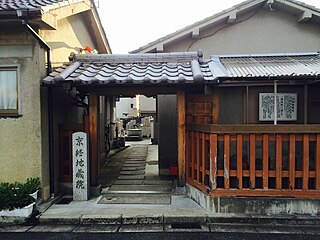
.jpg)
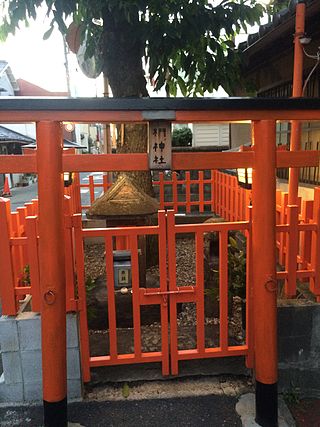

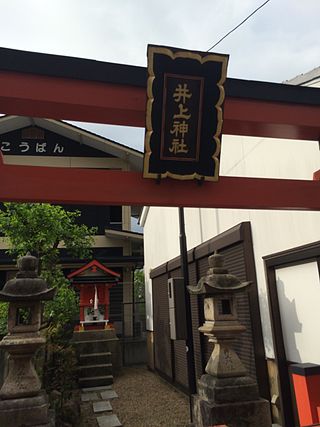
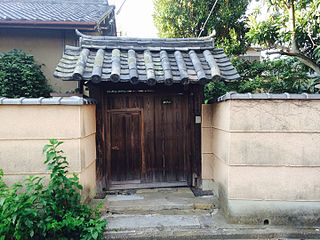
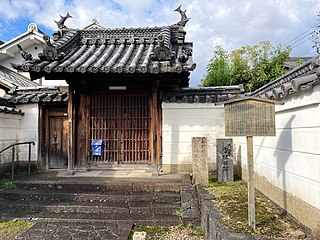
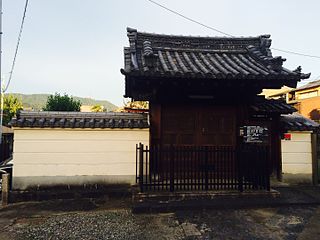
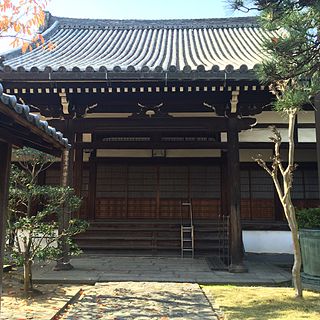
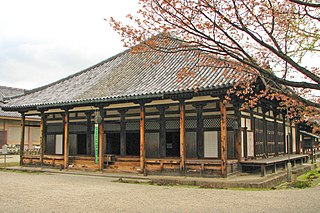
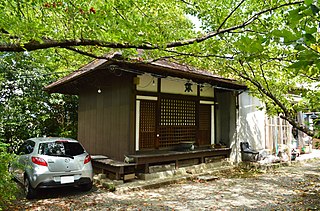
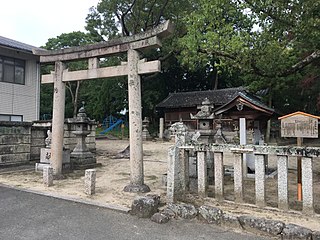
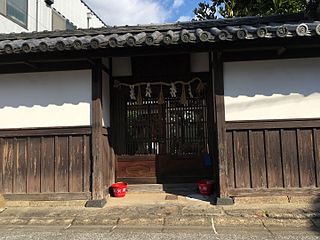
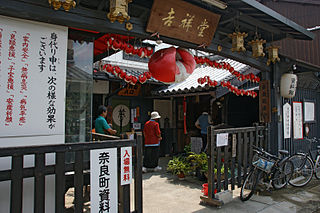
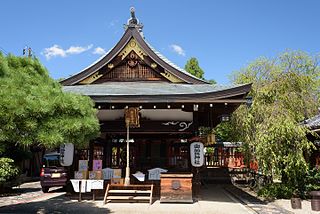
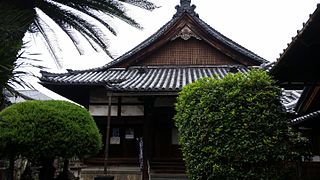
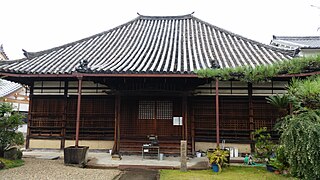
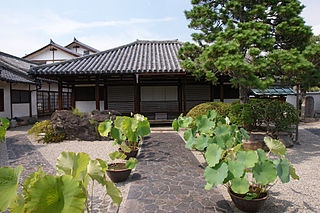
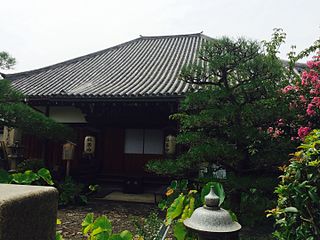
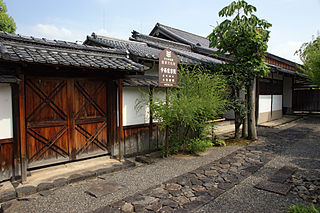
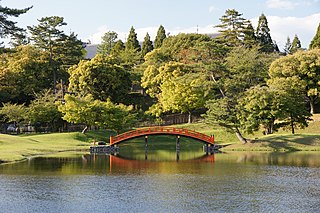
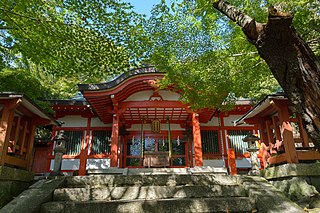
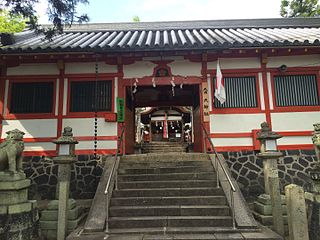
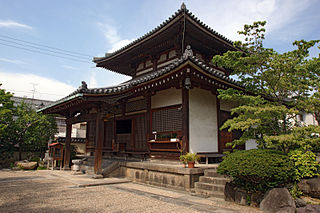
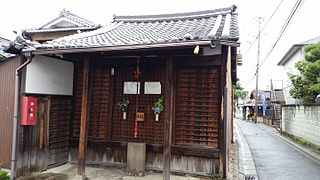
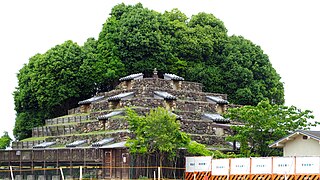
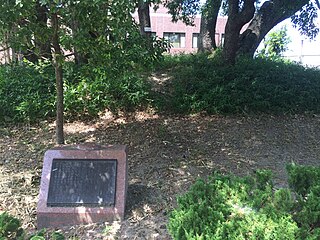

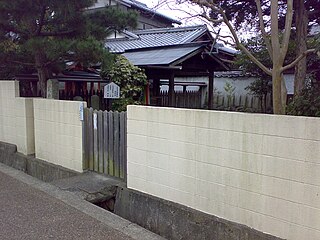
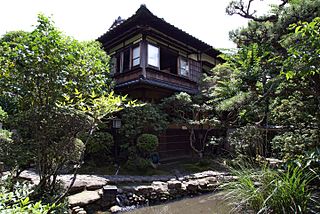
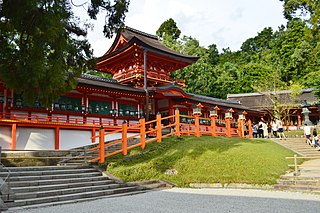
.jpg)




